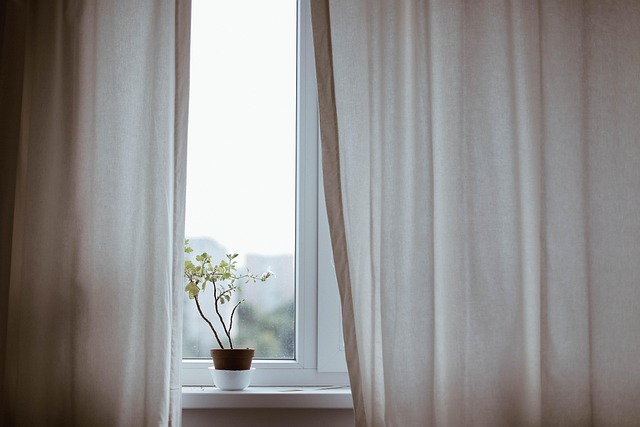Urban areas are often perceived as sprawling landscapes studded with steel rather than petals. Yet amidst the chaos and concrete, the ecology of urban areas can house blooming beauties that not only thrive but also enhance the environment. Adopting eco-friendly gardening practices is not just a hobby but a vital stepping stone to transforming our bustling cities into greener, more pleasant habitats.
In the heart of the city, space is a commodity, yet the creative potential for gardening is immense. The rooftops, balconies, and even window sills offer untapped potential for nurturing flower gardens that contribute positively to urban ecology. These small-scale gardens help purify the air, reduce urban heat, and provide essential habitats for urban wildlife.
One of the simplest eco-friendly practices is the selection of native species. Choosing local flowers is crucial because they are well-adapted to the city’s unique climate, requiring less water and fewer chemicals to maintain. Moreover, these plants provide the necessary resources for local pollinators, supporting biodiversity in urban settings.
Water conservation is another key element of sustainable urban gardening. Techniques like drip irrigation deliver water directly to the roots of plants, dramatically reducing wastage. For those gardening on a smaller scale, reusing water from household activities such as rinsing vegetables or even collecting rainwater can be effective strategies.
Organic gardening practices are a cornerstone of eco-friendly urban horticulture. Shunning chemical pesticides and fertilizers in favor of natural alternatives not only protects the environment but also the urban dwellers. Composting organic waste contributes to a cycle of sustainability that enriches soil quality and plant health, turning everyday garbage into garden gold.
Vertical gardening is a practical and enchanting way to enhance the urban green. Utilizing upward space can not only multiply your growing area but also dramatically improve the aesthetic and thermal performance of buildings. This method is particularly effective in dense urban areas, creating a cascade of green that benefits both nature and people.
The integration of flowers into urban environments goes beyond aesthetics by playing a critical role in improving human well-being. Regular exposure to nature, even in controlled, small doses within a city, can significantly contribute to mental health, stress reduction, and overall happiness. Thus, the role of flowers interspersed in concrete realms enriches not just the ecology but also the psychology of urban dwellers.
Educational programs and community gardens can also play pivotal roles in enhancing urban ecological awareness and engagement. By participating in gardening activities, city residents can learn about the importance of sustainable practices while fostering a sense of community.
Urban areas need not be devoid of nature’s vibrancy and benefits. By incorporating thoughtful, eco-friendly practices into our gardening habits, we can transform our cities into lush, sustainable ecosystems. The endeavor to merge flower gardening with ecological responsibility beckons every urban dweller towards a greener, more flourishing coexistence with nature.




